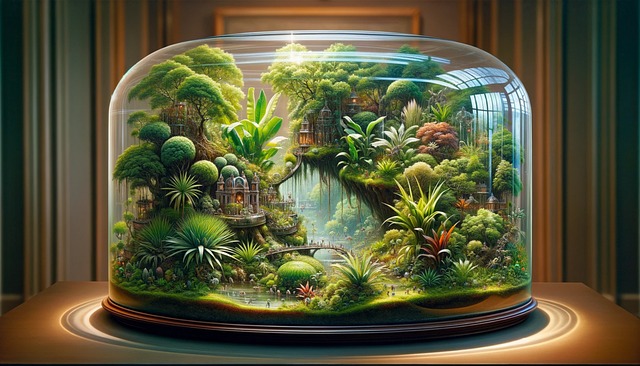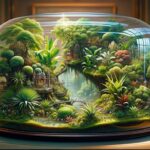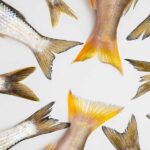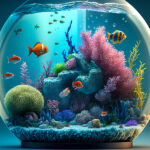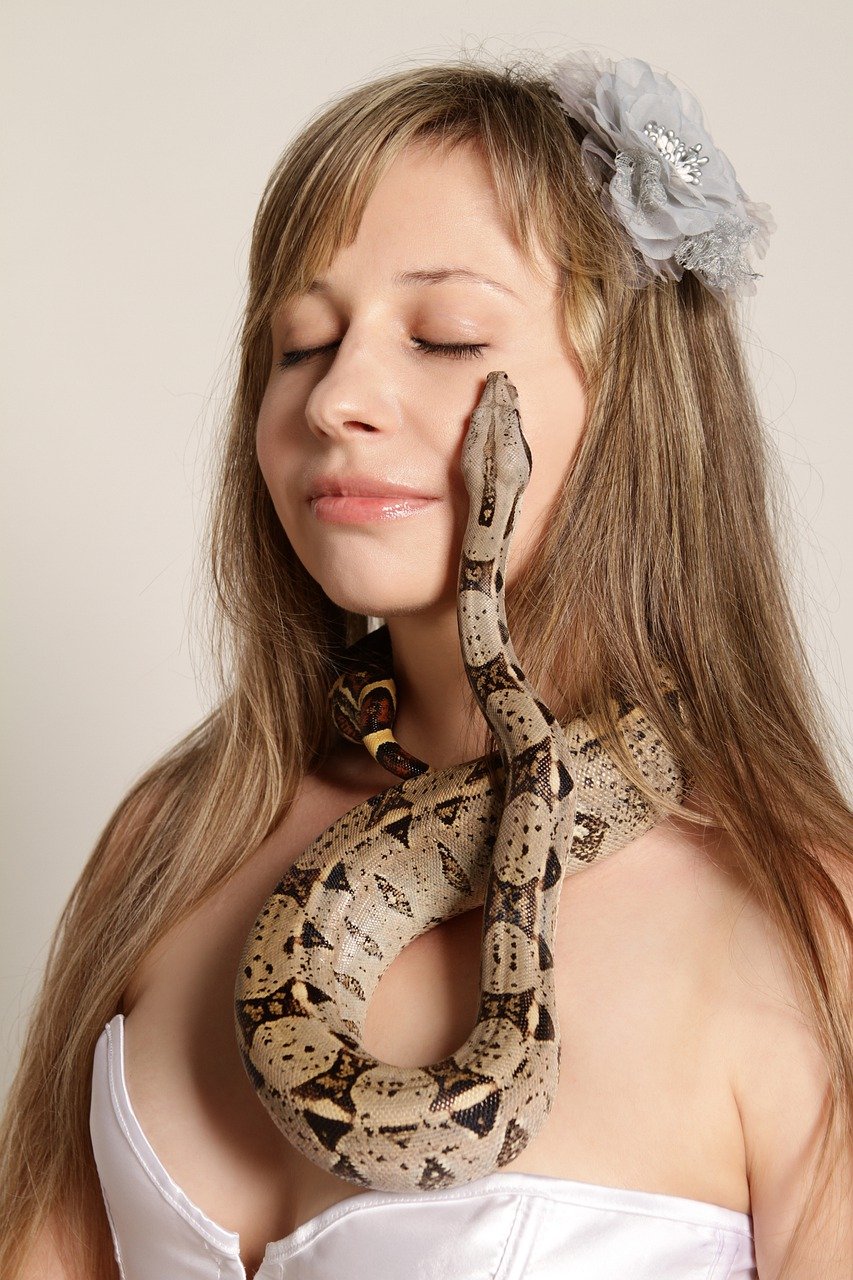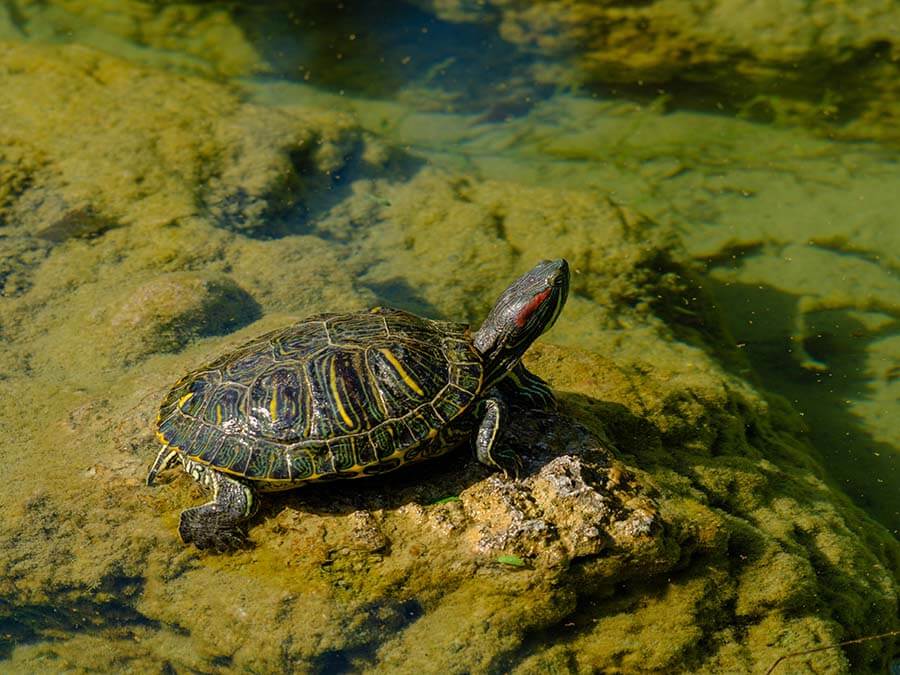Top 14 vivarium plants for your reptiles
One of the best things you can do for your pet snake is to make a lifelike planted vivarium. Surrounded by lush, green plants is what all reptiles desire. But if your pets are really hungry, it might be harder to choose which plants to feed them. Toxic plants can harm them. This article has a list of plants that are safe for your reptile’s home.
Fern
In a reptile habitat, the only plant capable of providing a very humid environment is a fern. They grow and maintain easily and perform well in low light. Given their stature, ferns—like staghorn—are excellent show plants. You have both the Boston fern and the bird-nest fern. Both grow quickly and require subdued illumination. Their large leaves protect little creatures from the elements.
Aloe Vera
You will need a desert-like vivarium if you want to keep a bearded dragon. Aloe vera is one of the best non-toxic reptile plants for hot environments. Thriving in tropical and arid conditions, this evergreen succulent is a delight. Aloe vera is non-toxic, yet if taken in great amounts, its laxative effects might cause stomach problems. Bearded dragons occasionally chew on plants, so it’s crucial to monitor their interactions with aloe vera.
Bromeliads
Another safe plant that loves a humid environment is bromeliads. Neoregelia is the most frequently occurring species. Planted on a stick or in the ground, they blossom and flourish like actual epiphytes. With many species able to grow epiphytically on logs, rocks, or other surfaces, bromeliads are rather flexible and provide creative and vertical landscaping inside the vivarium. Their brilliant bracts and beautiful leaves give the enclosure a more dramatic visual appeal, improving its aesthetic value. They are also compatible with a variety of vivarium configurations because they are resistant to changes in humidity and light levels.
Orchids
Orchids add something special to your vivarium. Because they are epiphytes, they dislike damp roots. However, they do thrive in very little light and have rather beautiful leaves. Any vivarium will benefit from the visual appeal and exotic flair that orchids provide in addition to their broad range of forms, sizes, and colors. Given their beautiful leaves, two outstanding orchids to think about are Macodes petola and Ludisia discolor. Pink rock orchids are another option, as their flowers have a striking pinkish-purple hue.
Echeveria
Echeveria is another delicate plant that would be perfect for a vivarium with a desert motif. Native to semi-desert, this plant has thick leaves with an outer coating of waxy cuticle. Their striking appearance is due to their evergreen, brilliantly colored leaves, which grow on small stalks. Furthermore, Echeveria basil grows in the moderate humidity and steady temperatures that are typical of vivariums. It is common in confined environments; it is tough against moisture variations and requires little watering. The sluggish rate of development of the plant guarantees that it won’t rapidly overrun its habitat, therefore preserving the vivarium’s general balance and design.
Abeila
Abelia, a member of the honeysuckle family of plants, is not toxic. Lizards—especially green anoles and geckos—like these plants because of their delicate, pleasant scent. For little reptiles, they provide a first-rate hiding place. Abelia is fit for many vivarium configurations because of its unusual capacity to flourish in several light situations, from full sun to partial shadow. Its modest water requirements and drought tolerance help it manage the constantly changing humidity conditions in vivariums. Abelia’s little growing tendency also guarantees it won’t take over the area.
Lemon balm
Lemmon balm, a member of the mint family, is a beneficial plant for reptiles to eat. It is not harmful. A new supply of vitamins and a relaxing lemon balm scent will help your reptile. For your reptile, you could place the whole plant inside the cage or cut the stems and leaves for feeding.
Pearls from strings
The succulent, also known as “string of pearls,” has green leaves shaped like pearls on string-like stalks. It can thrive in warm, humid, and desert conditions. Though most domestic animals and humans cannot, reptiles may comfortably eat strings of pearls.
Lucky bamboo
Lucky bamboo is the perfect plant to provide your reptiles with sturdy branches to climb on, thanks to its long, vertically growing stems. Ideal for semi-aquatic reptile enclosures, they flourish in shallow water with stones.
Pothos
Pothos is popular for vivariums due to its versatility and robustness. It is suitable for many vivarium configurations as it grows in a spectrum of light. For reptiles, pothos vines have excellent climbing possibilities that both enhance their visual appeal and enrichment value. They are ideal for tropical settings because they can withstand humidity well. Once grown, pothos requires little maintenance, reducing the need for constant attention. However, be mindful of its rapid growth and regularly prune it to manage its size within the vivarium.
Vines
Different varieties of vines have different leaf forms, sizes, and hues, thereby bringing visual variety and interest to the enclosure. Many durable and low-maintenance vines flourish with little care once planted. Their adaptability to various light conditions, ranging from strong indirect light to low light, ensures their ability to thrive in a variety of vivarium configurations. Vine’s rapid development is one of its special qualities; it helps produce a vivid and green vivarium quickly. They provide first-rate hiding places and climbing opportunities for small animals, reptiles, and amphibians, thereby promoting their bodily and psychological well-being.
Haworthia
Because of its small scale, attractive look, and minimal care requirements, Haworthia is a wonderful plant for vivariums. This succulent often has distinctive patterns and textures that visually enhance the vivarium. It has thick, meaty leaves arranged in rosettes. Its compact size guarantees it fits well in limited areas without overpowering the surroundings. Haworthia possesses excellent drought tolerance, requiring less watering to maintain stable and clean surroundings for the vivarium occupants.
Sedum
Because of its durability, adaptability, and visual appeal, sedum is an exceptional plant for vivariums. The fact that this plant is drought tolerant is the finest feature, as it fits the regulated moisture content in a vivarium rather well. Its leaves retain water, which helps it to resist dry periods and lessens the need for regular irrigation. This quality keeps a habitat low-maintenance and steady. One of Sedum’s unique characteristics is that it releases oxygen by absorbing carbon dioxide, improving the air quality and creating better surroundings for vivarium residents.
Selaginella
For vivariums, selaginella—also called spikemoss or clubmoss—is a wonderful plant because of its distinctive look, versatility, and moisture-loving character. Any vivarium looks better with this fern friend, which forms thick, carpet-like mats that provide a rich, lifelike ground cover. Its beautifully textured green leaf ranges in tones, and some species even show traces of blue or bronze to provide visual appeal. Selaginella’s non-toxic character makes it suitable for living with small animals and amphibians.
Conclusion:
Finally, picking the right plants for your reptile friends’ vivarium is an important part of making it a comfortable place for them to live. The plants on this list are all different in ways like the amount of wetness they provide, the hiding places they make, how little care they need, and the conditions under which they can survive. You can surely create a healthy environment by using a variety of plants, such as Selaginella and Aloe Vera, which do well in damp places, or by using more flexible and quickly growing vines. If you carefully choose and arrange these plants, they may improve your reptiles’ physical and mental health and make their environment look better.


